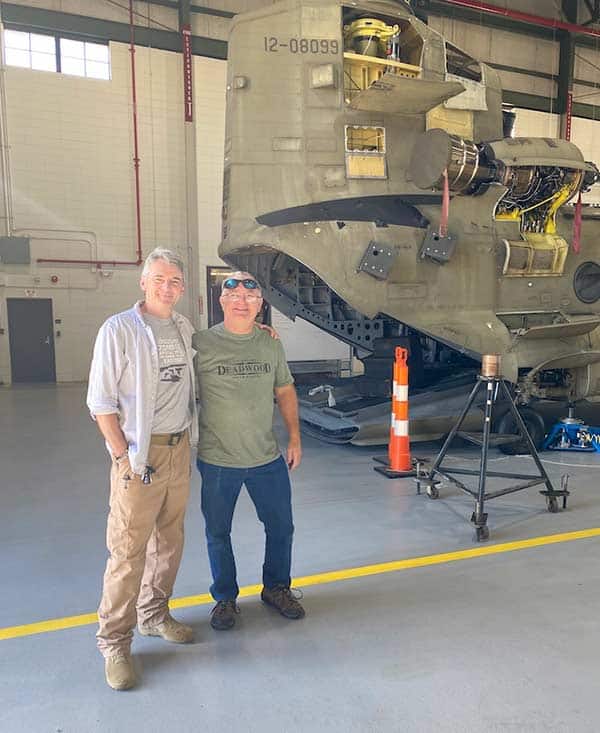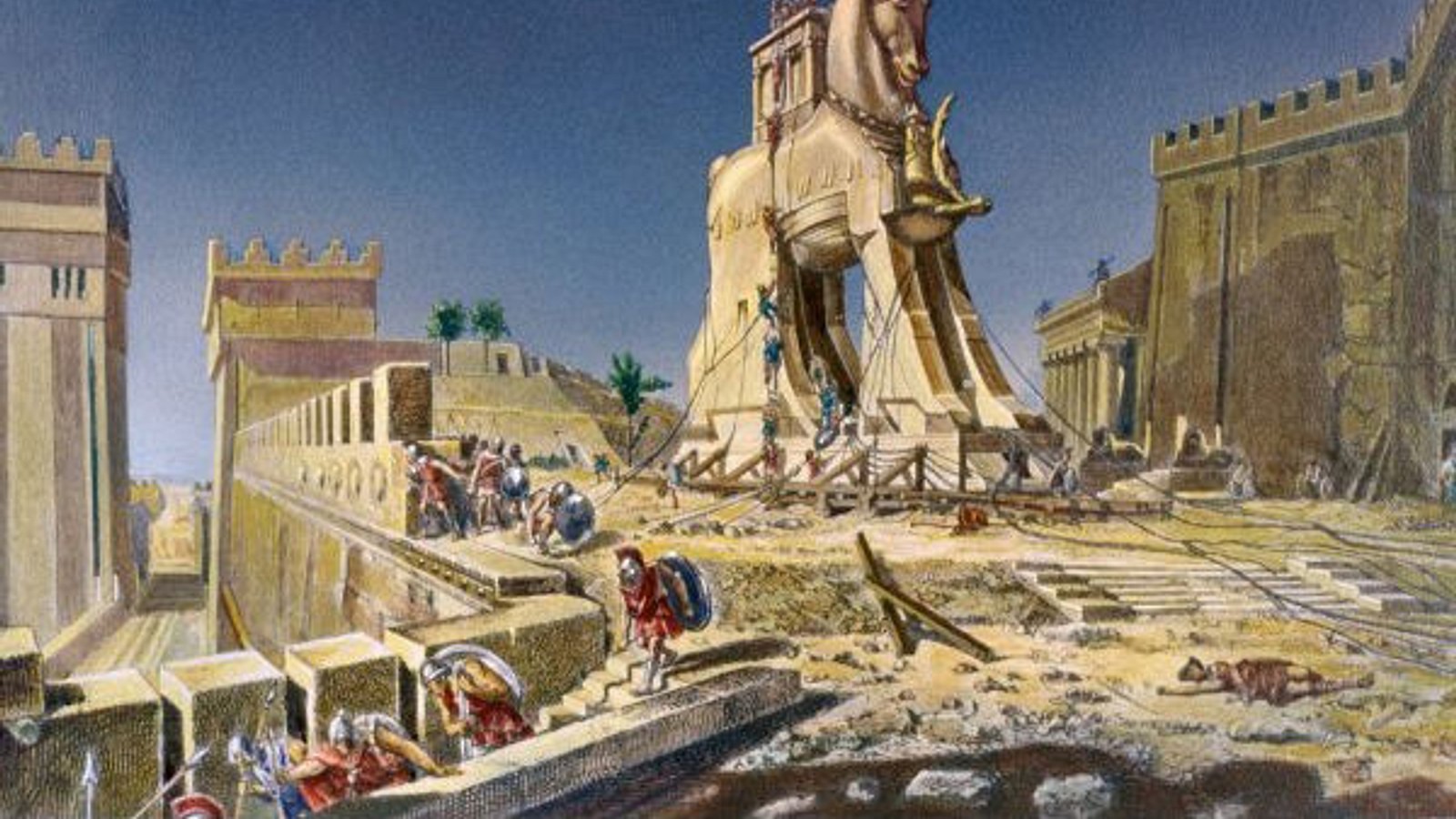
Flying Army helicopters was the coolest job in the world.
I’m on my fifth career. You really cannot start medical school at 32 and convince anybody that’s what you always wanted to do. I like to tell folks that if it paid a little better, I’d be just as happy being the guy manning the drive-through at McDonald’s. Like most professional storytellers, I just like visiting with people.
Despite being a physician, I actually have little interest in the technical aspects of medicine. I don’t read medical journals recreationally (some actually do). Truth be known, I am much happier discussing the development of the WWII-vintage German FG-42 parachute rifle than I am explaining how Ozempic works to control blood sugar.
Part of that is timing. Young folks are impressionable. When I was young, I flew tactical helicopters for Uncle Sam.

I made some great friends as a soldier. I’m the guy in white on the left.


Army helicopters is hanging underneath one. This was a wild ride.
Conditioning
This can be frustrating for my family. Despite not having donned a pair of fatigues for nearly half my life now, my longsuffering bride tells me that on my deathbed, my final word will be, “Hooah!” Suffice it to say, that poor woman sighs a lot.
God has been inexplicably good to me. The fact that I am currently curled up in front of a roaring fire on a cold December morning, banging out yet another Guncrank Diaries column, is the ultimate example of that profound, unmerited grace. That same good fortune followed me into the military. Most Army aviators track into a single airframe and stay there. By contrast, I was fortunate enough to fly four. When I left the military, I had around 800 hours flying D-model CH-47 Chinook helicopters.
That’s like spending 24 hours a day in that cockpit for 33 days straight. After a while, that enclosed space starts to feel pretty familiar. That’s the point. You get to where you can find the switches without a great deal of conscious thought. Uncle Sam invests breathtaking amounts of time, effort and money inculcating those skills. And then, it was all suddenly gone.

Some new friends were kind enough to show me around the latest, greatest CH-47 Chinook variant.



Plopping down in this rascal again was a bit like going home.
Flashbacks
While in med school, with a wife and three kids, I was lucky to have time to change into fresh underwear. There was no discretionary brain space to ponder Army helicopters or the similar detritus from that former life. And then, 26 years later, I made a new friend with the right connections. The next thing I knew, I was walking into a big Army hangar crammed full of sparkly new F-model Chinook helicopters, and it all came rushing back.
For starters, the place is spotlessly clean. You could safely eat off the floor of an Army maintenance hangar. And then there is the smell. It is a unique milieu consisting of JP-8 jet fuel, hydraulic fluid, sweat, love and freedom. I paused for a moment, closed my eyes and just let it wash over me.
I climbed into the cockpit of the nearest aircraft in the company of a profoundly competent warrant officer pilot. I plopped my antique carcass down into the right seat and felt the joyfully familiar claustrophobia of radios to my left, instruments to my front, and boron carbide armor plate to my right. It was briefly as though I had never left.
The controls were right where I had left them, as were most of the switches, levers and circuit breakers. The steam gauges of my era had been replaced by a series of high-tech display screens, and there were no paper maps to be found anywhere. A fresh new multi-function control grip sprouted from the rear aspect of the center console. My new warrant officer buddy explained this was there solely to control the panel displays. What hath God wrought?
I mourn the passing of paper maps. Manual navigation at 160 knots and 10 feet off the deck under night vision goggles is hard. I think doing that likely makes you a better pilot. However, nowadays, GPS also makes it essentially impossible to get lost, so there’s that.

My mom and I had some business down in Meridian, Mississippi, recently. I zipped us down in my own sexy cool little airplane.
After a while, I had dominated enough of the young folks’ time, so I climbed into my own sexy, cool little fighter plane and blasted off for my home ’drome. I suspect in the event of a true national emergency, I could take a brief stroll through the Dash-Ten manual and still make one of those big, beautiful $65 million machines walk and talk. Even if Uncle Sam never again needs my services, I will be forever grateful to the young studs of B Company, 1-111th Aviation for my brief visit back home.
 There’s a difference between book smart and bar smart. You may not be book smart, but
There’s a difference between book smart and bar smart. You may not be book smart, but 









